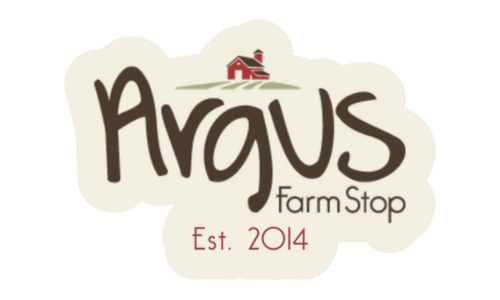
Slow and Steady Wins the Race: Michigan Strawberries at Slow Farm
Strawberries are one of the most popular fruits in the United States, but the vast majority of them are grown at the detriment to our soul health. One solution to the problem of mass production is for consumers to change the way they consume by purchasing produce in season from local farmers. In doing so, we guarantee that we are eating fruits and vegetables while they are most flavorful and nutritious. The benefit of purchasing strawberries from farms like Slow Farms is being able to know exactly where and how the berries are grown.

Ramps, Organic Certifications, and more with Monroe Family Organics
At Argus Farm Stop, there are a few items that come in the store that signal a real beginning to the new growing season. We begin to see green garlic, green onions, and radishes as the sun comes out. But as the days turn from just above freezing, to so sunny your soul begs to stay outside, we see the arrival of asparagus, foraged morels, and ramps, signifying a moment of the season. Ramps are a special item in our store due to their cultivation, or lack thereof. Farmers can’t grow ramps at scale for the most part, so when ramps are harvested, it’s more of a foraging activity than a farming one. Our good friends at Monroe Family Organics in Alma, Michigan supply us with the vast majority of our ramps. We chatted with them to learn more about how they harvest Ramps, how they sell local produce to consumers, and different certification options for farms.
We’re always excited to have produce that is native to our region, such as strawberries, and ramps. Ramps are native to the forests of eastern North America. “They’re an onion type plant. They look like a lily and grow in the woods.” Fred Monroe of Monroe Family Organics tells us. Along with other alliums like green onions and garlic, ramps grow from a bulb in the ground, growing two leaves out in the spring. This time of late April into May is when the ramps are visible and able to be harvested by foragers. (Jessee and Ram, 2024)
